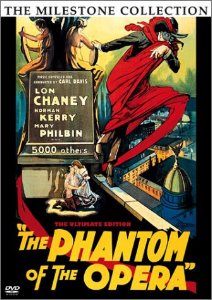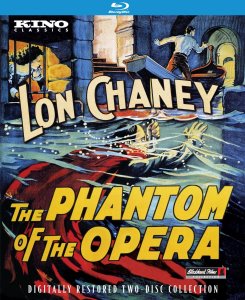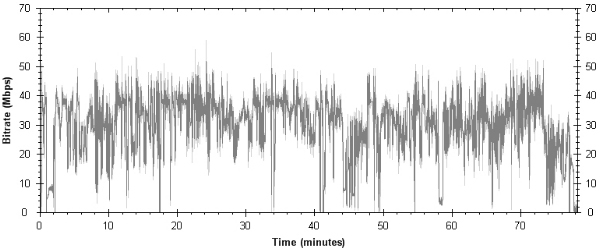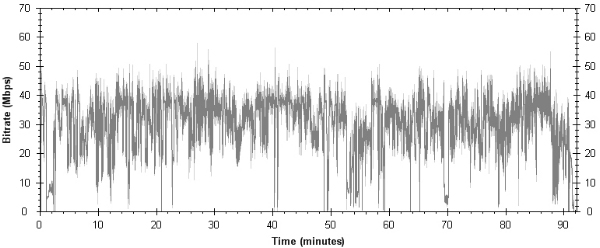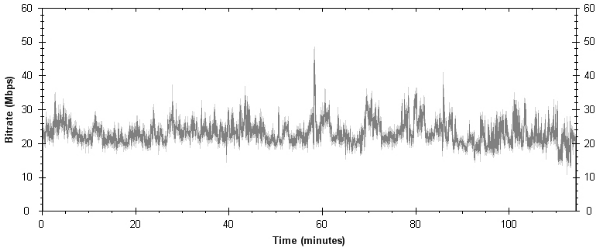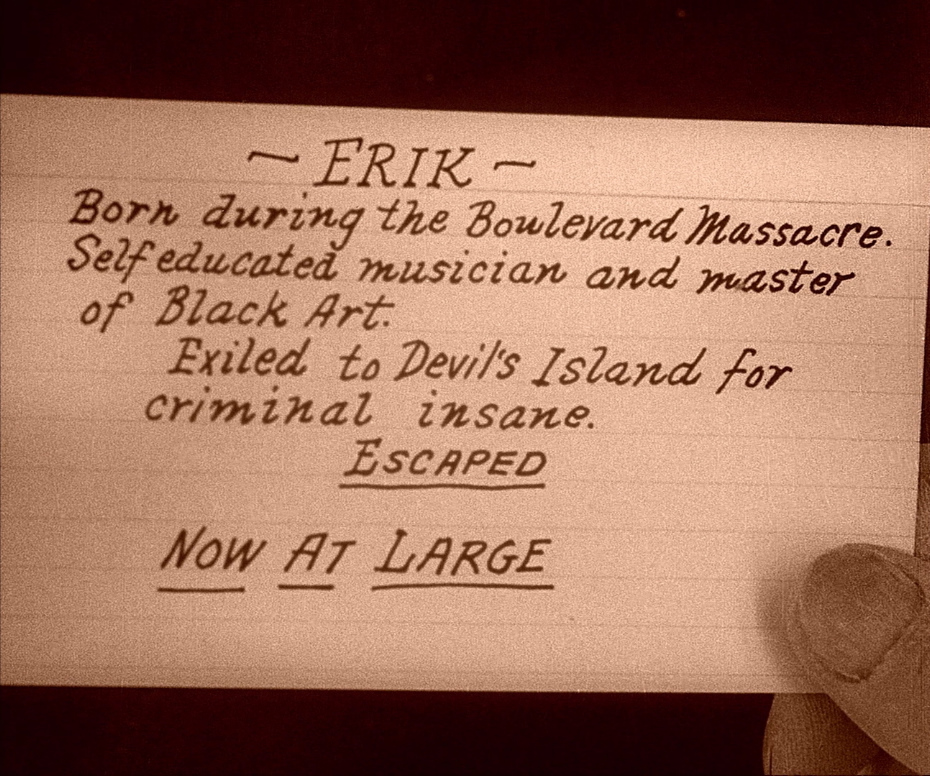![]()
![]()

![]()
![]()
|
Search DVDBeaver |
S E A R C H D V D B e a v e r |
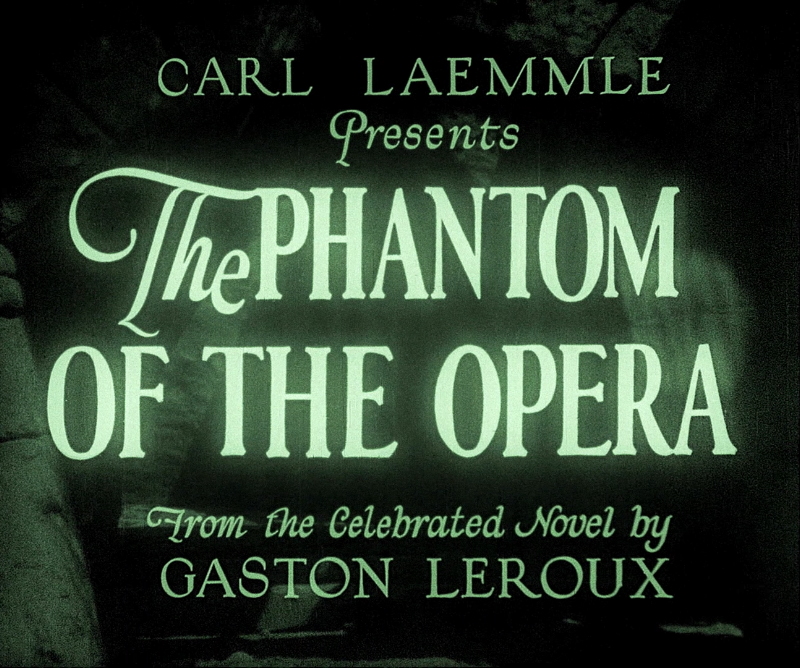
directed by
Rupert Julian
USA 1925
/ Restoration 1929
|
Beneath the splendid
riches of the Paris Opera House lie ancient catacombs with a dark and
forbidden secret. These vast underground rooms and hidden passages were once
used as torture chambers to satisfy the blood lust of a crazed population.
Rumors abound that the Opera Ghost lives there still, vowing vengeance on the
human race.
***
The 1925
Silent film "The Phantom of the Opera" starring Lon Chaney
stands as the best argument against remaking classics. Since its release, there
have been five official remakes (a sixth, based on the Andrew Lloyd Weber
musical, is currently in the works) which brought to the screen everything that
the original lacked: color, music, a higher level of sadistic violence, and more
sophisticated special effects. But none of these remakes came close to capturing
the genuine sense of horror in the original version, which is widely regarded as
being among the finest films ever created. Excerpt from Phil Hall's review at Film Threat located HERE. |
Posters
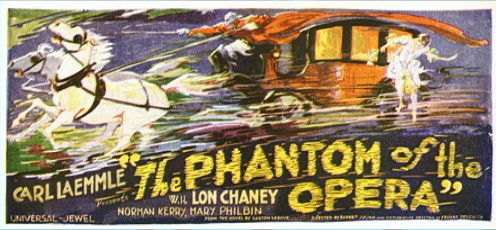 |
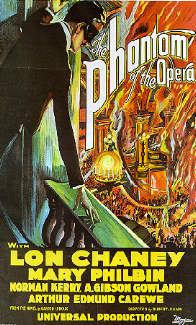 |
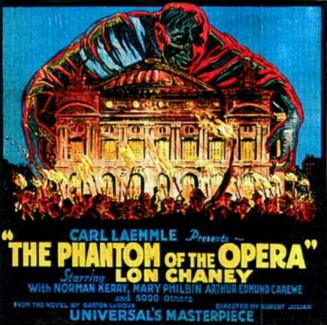 |
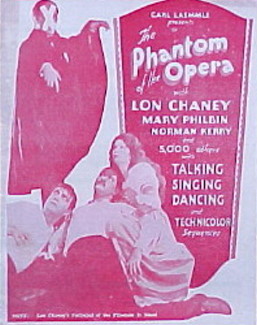 |
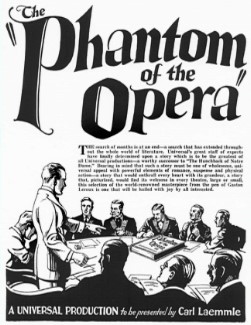 |
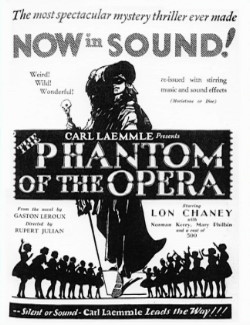 |
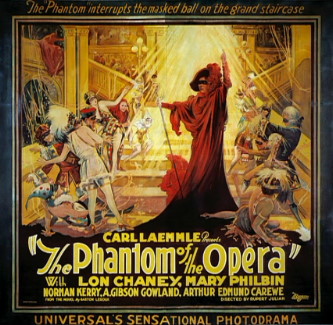 |
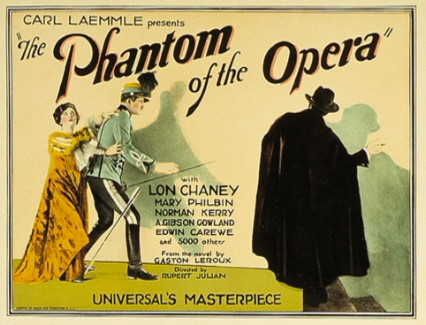 |
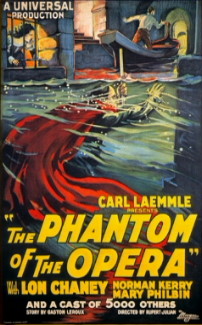 |
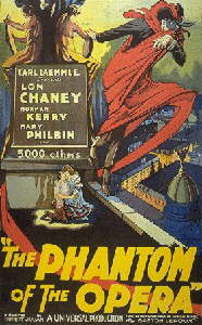 |
Theatrical Release: September 6th, 1925
Reviews More Reviews DVD Reviews
Comparison:
Image Entertainment (Milestone Collection) - Region 1 - NTSC vs. Kino Lorber - Region 'A' - Blu-ray
|
1) Image Entertainment (Milestone) - Region 1 - NTSC - LEFT2) Kino Lorber - Region 'A' - Blu-ray - RIGHT
|
| Box Covers |
|
|
|
The Phantom of the Opera - The Ultimate Edition (1925 Original Version and 1929 Restored Version) (1925) |
||
| Distribution | Image Entertainment (Milestone Collection) Home Video - Region 1 - NTSC |
Kino Lorber Region 'A' - Blu-ray |
| Runtime | 1929 - 1:34:42 / 1925 - 1:46:56 |
1929 24-frames - 1:18:14.272 1929 20-frames - 1:32:08.981 1925 - 1:54:17.483 |
| Video | 1.15:1
Original Aspect Ratio Average Bitrate: 1929 - 7.3 mb/s / 1925 - 7.0 mb/s NTSC 720x480 29.97 f/s |
1929 Disc Size: 46,609,878,585 bytes 24-frames Feature Size: 21,257,355,264 bytes 20-frames Feature Size: 25,037,862,912 bytes Total Bitrate: 29.93 Mbps (both)Dual-layered Blu-ray MPEG4 - AVC
1925 Disc Size: 45,870,393,244 bytes Feature Size: 22,190,315,520 bytes Total Bitrate: 22.96 MbpsDual-layered Blu-ray MPEG4 - AVC 1080i |
|
NOTE: The Vertical axis represents the bits transferred per second. The Horizontal is the time in minutes. |
||
| Bitrate: |
|
|
| Bitrate: |
|
|
| Bitrate (1929): Blu-ray one - 24 Frames |
|
|
| Bitrate (1929): Blu-ray one - 20 frames |
|
|
| Bitrate (1925): Blu-ray |
|
|
| Audio | 1925 - Silent - Carl Davis orchestral score (Dolby Digital 2.0) , 1929 - minor dialogue talkie (Dolby Digital 2.0) | 1929 - LPCM Audio
English 2304 kbps 2.0 / 48 kHz / 2304 kbps / 24-bit 1925 - LPCM Audio English 1536 kbps 2.0 / 48 kHz / 1536 kbps / 16-bit |
| Subtitles | None (intertitles in English) | None (intertitles in English) |
| Features |
Release Information: Edition Details: • Commentary
by film historian Scott MacQueen
Double thick k |
Release Information: Studio: Kino Lorber
1929 Disc Size: 46,609,878,585 bytes 24-frames Feature Size: 21,257,355,264 bytes 20-frames Feature Size: 25,037,862,912 bytes Total Bitrate: 29.93 Mbps (both)Dual-layered Blu-ray MPEG4 - AVC
1925 Disc Size: 45,870,393,244 bytes Feature Size: 22,190,315,520 bytes Total Bitrate: 22.96 MbpsDual-layered Blu-ray MPEG4 - AVC 1080i
Edition Details: • Audio Commentary by Jon Mirsalis (on 1929 - 20 frames version) • Excerpts of the sound edition (53:55) • Original Screenplay (1:31:00) • Original Theatrical Trailer (3:14) • Gabriel Thibaudeau Interview Burton Home Travels Pictures • Paris From a Motor (3:25)
• A Trip on the Seine
(3:30)
Blu-ray
Release Date: October 13th, 2015 Chapters: 11
|
| Comments: |
NOTE:
The below
Blu-ray captures were
taken directly from the
Blu-ray
disc.
ADDITION: Kino Lorber - Region 'A' -
Blu-ray
September The audio - on the faster running 25 fps Blu-ray of the 1929 version you get the option of either The Alloy Orchestra or an organ score by Gaylord Carter - both in an uncompressed linear PCM, 2.0 channel, that sounds wonderful. On the 20 fps 1929 version we have a Gabriel Thibaudeau score and a feature-length commentary by Jon Mirsalis. Of all the presentations in this package this 20 fps 29' version was my favorite. The scores all have their own charm and sound crisp and clean. The other supplements are located on the second Blu-ray disc with the 1925 version. We get an hour's worth of the excerpts of the sound edition - were you can appreciate how affected it was. There is a running text screen of the entire original Screenplay (running over 1.5 hours), an original theatrical trailer, Gabriel Thibaudeau Interview and two Burton Home Travels shorts; Paris From a Motor and A Trip on the Seine. There's no denying the value of this Blu-ray package - the image quality in HD, the audio, the viewing options, commentary and the other supplements. For Silent Era fans it is really an essential. Our highest recommendation! *** ON THE DVDs: 2 disc - one with the restored 1929 version and the 2nd with the original (and longer) 1925 version. Well, I've read quite a bit on these two releases and the processes that went behind the newer 1929 edition, and I can't say I am all for it, although it is impossible to deny that this restored version is the best that the Lon Chaney classic may ever look. I guess although we can be dyed-in-the-wool artistic protectionists that the 1929 version was extensively created over 75 years ago - but even in that sense we have a bit of a mish-mash put together far after-the-fact. I, in no way, mean to ignore the great detail and research that went into the piece-meal creation of this 1929 edition and this is much akin to Lang's Metropolis in that respect. Unfortunately footage or audio is lost forever and we should be thankful that we have anything at all. Considering the age and elemental history this Image DVD showcases the 1929 restored version looking absolutely magnificent. Of course not perfect with much flickering contrast and some unavoidable damage marks but the Carl Davis track sounds pristine and the entire film gives a bona-fide 'step back' sense. I would compare this to Image's Les Vampires, for that same intrinsic historical 'feeling' of being in a theatre patron of over half a century ago. It has what might appear to be ghosting but I can only assume this has to do with frame rate conversion. I am also grateful that the original 1.15 aspect ratio has been preserved in both editions. Unfortunately, the
original 1925 edition (on disc 2) has been treated like a poor cousin
and has not been transferred progressively (interlaced). 'Combing' can be seen in
many instances (see last large capture) which only adds to its extremely
ill-lit and damaged appearance. Still the mere addition of this release
is a testament to the respect Image has shown the film. Film students
could spend hours comparing and calculating the additions and
deletions... in fact you can't really 'not' do it yourself. With all the
abundant extra features, including a commentary, this is a must-own
digital release showcasing the only worthy versions of this
magnificently crafted story. We strongly recommend!
|
DVD Menus
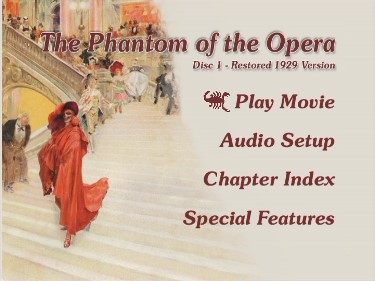 |
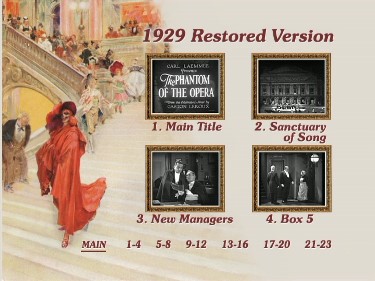 |
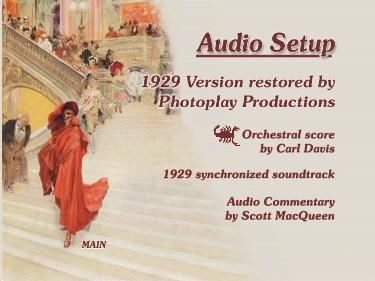 |
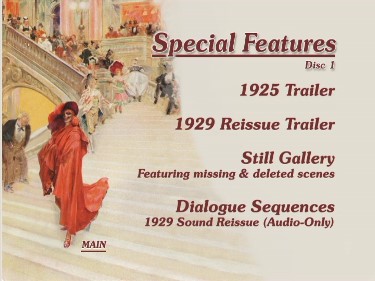 |
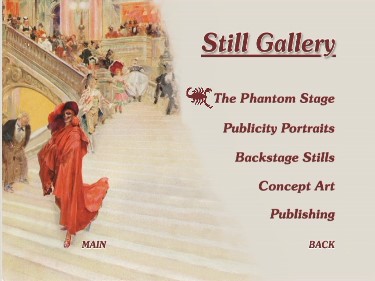 |
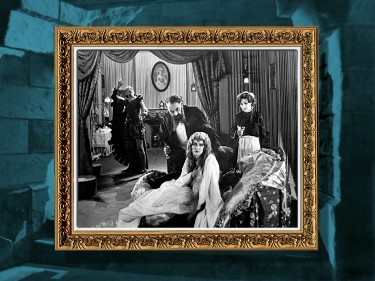 |
DVD Menus
(Disc 2 - 1925 version)
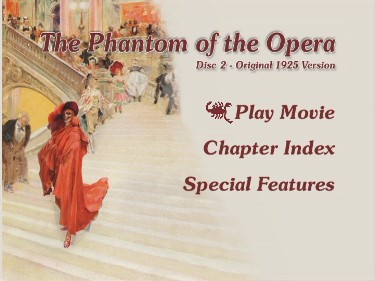 |
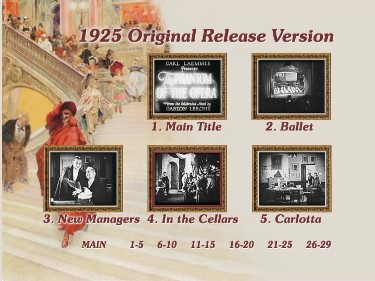 |
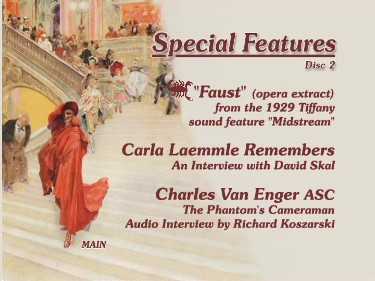 |
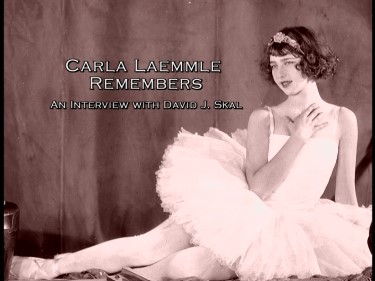 |
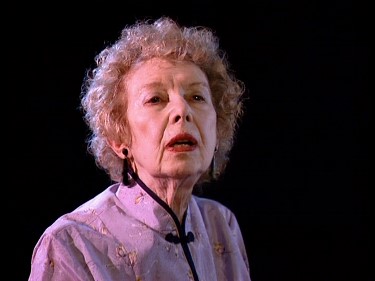 |
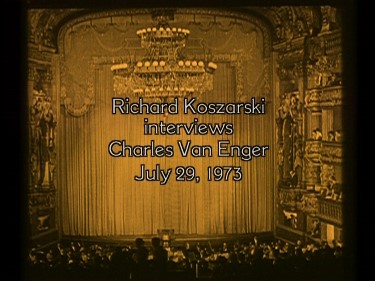 |
Kino Lorber - Region 'A' - Blu-ray
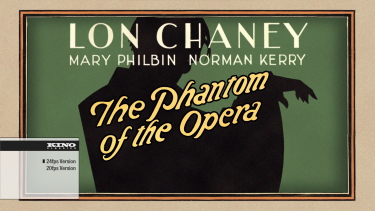 |
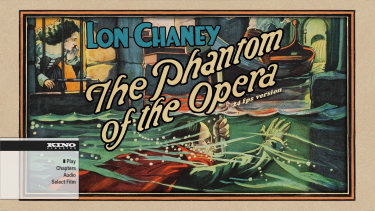 |
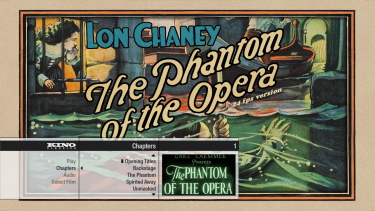 |
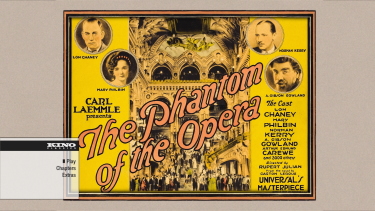 |
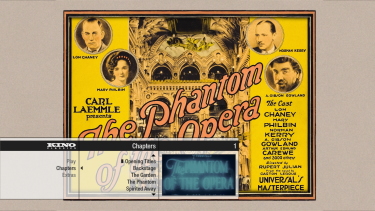 |
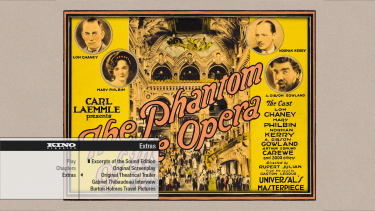 |
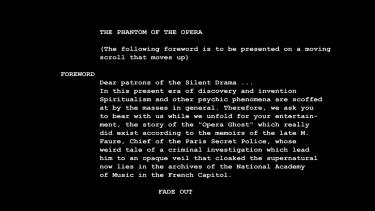 |
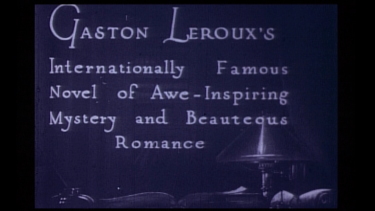 |
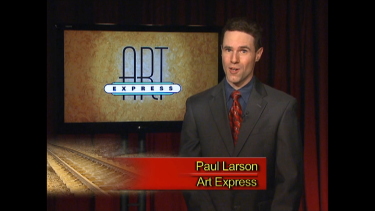 |
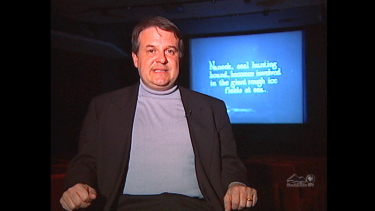 |
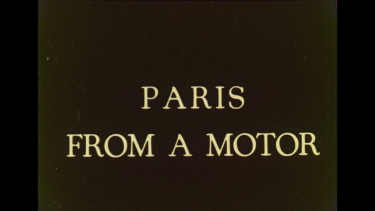 |
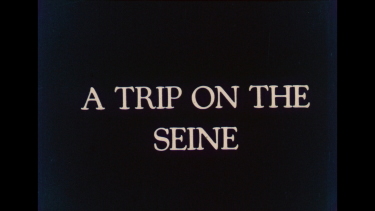 |
CLICK EACH BLU-RAY CAPTURE TO SEE ALL IMAGES IN FULL 1920X1080 RESOLUTION
Intertitle Sample
|
1) Image Entertainment (Milestone) - 1929 Restored version - TOP2) Image Entertainment (Milestone)- 1925 Original Feature Version - MIDDLE 3) Kino Lorber - Region 'A' - Blu-ray - BOTTOM
|
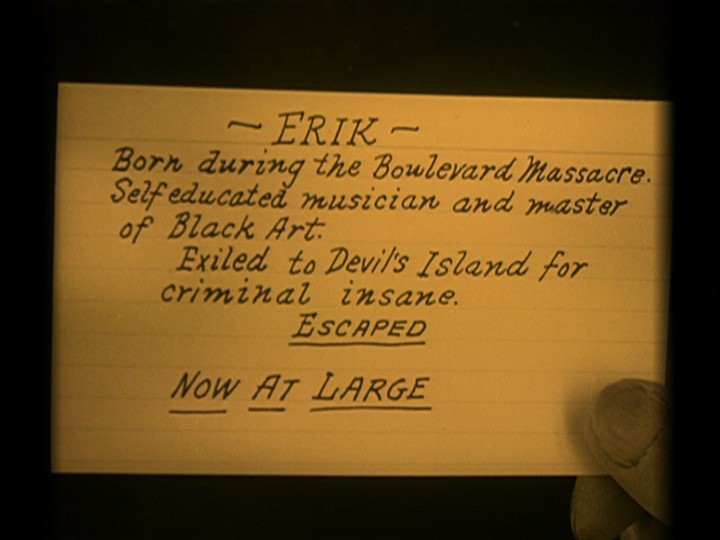 |
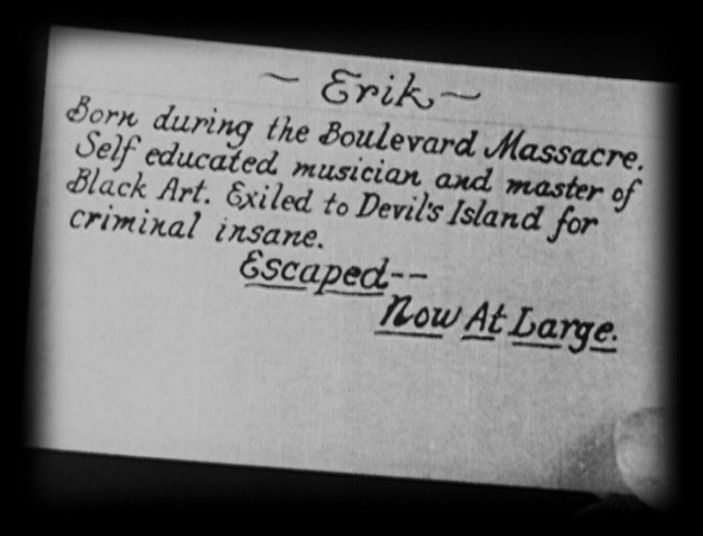 |
Screen Captures
|
1) Image Entertainment (Milestone) - 1929 Restored version - TOP2) Kino Lorber (1925 version) - Region 'A' - Blu-ray - SECOND 3) Kino Lorber (1929 - 20 frames) - Region 'A' - Blu-ray - THIRD4) Kino Lorber (1929 - 24 frames) - Region 'A' - Blu-ray - BOTTOM |
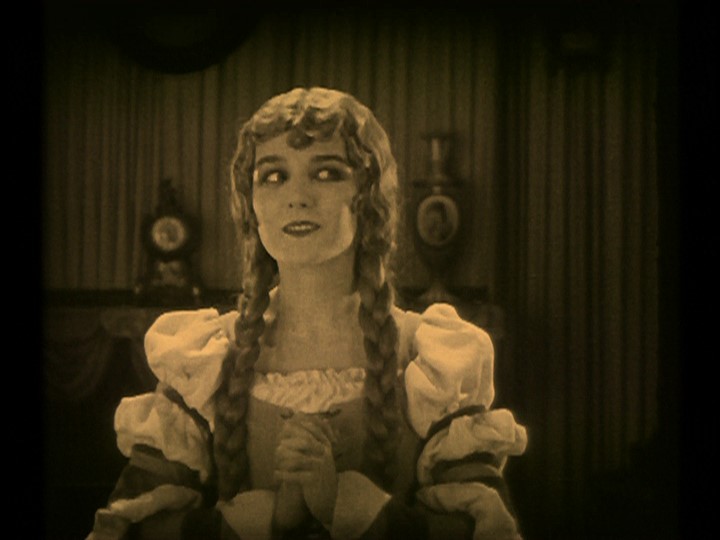 |
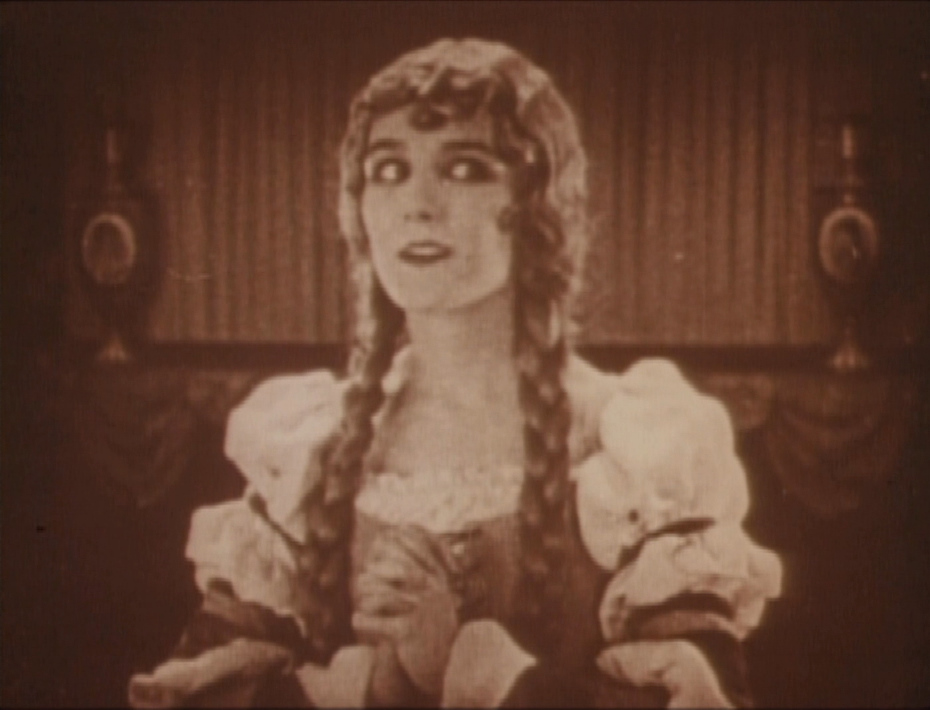 |
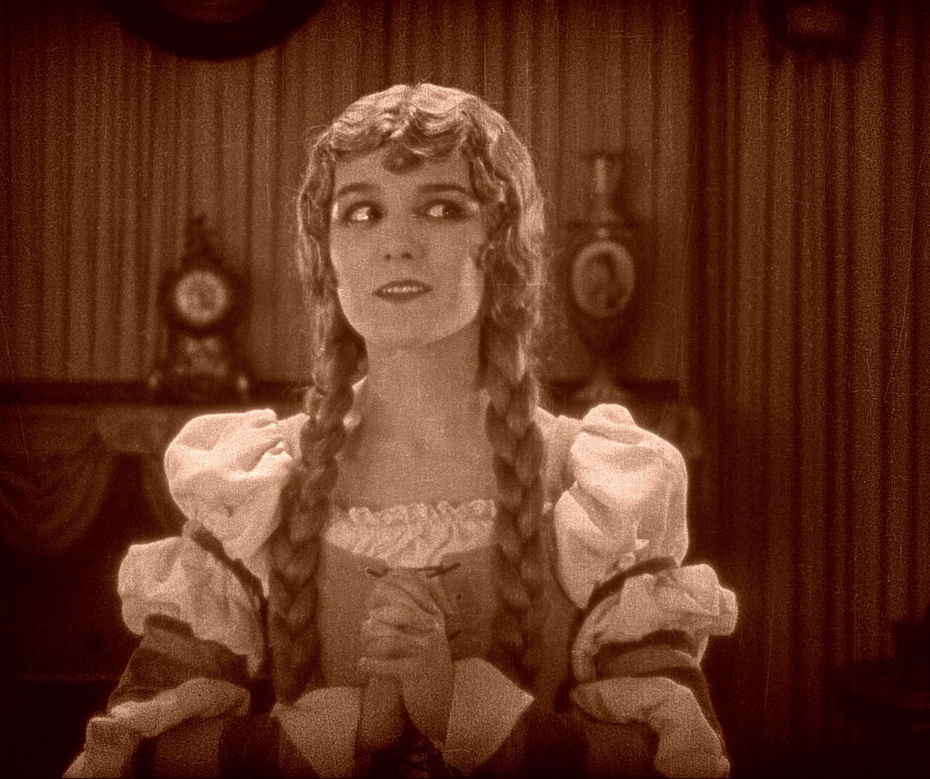 |
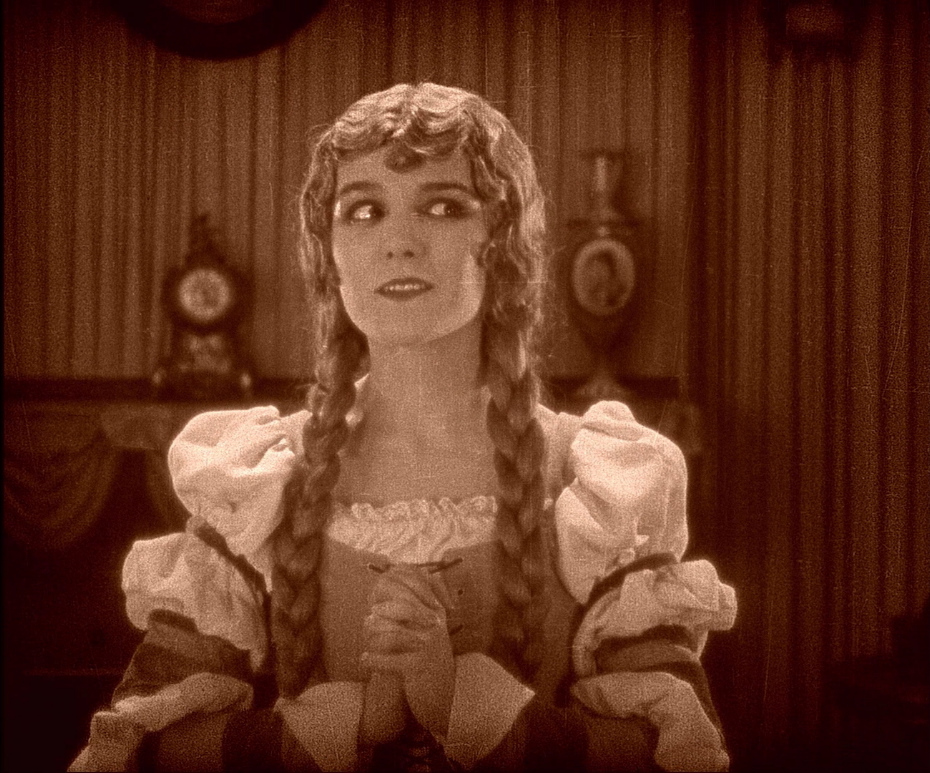 |
|
1) Image Entertainment (Milestone) - 1929 Restored version - TOP2) Image Entertainment (Milestone)- 1925 Original Feature Version - SECOND 3) Kino Lorber (1925 version) - Region 'A' - Blu-ray - THIRD 4) Kino Lorber (1929 - 20 frames) - Region 'A' - Blu-ray - FOURTH5 ) Kino Lorber (1929 - 24 frames) - Region 'A' - Blu-ray - BOTTOM |
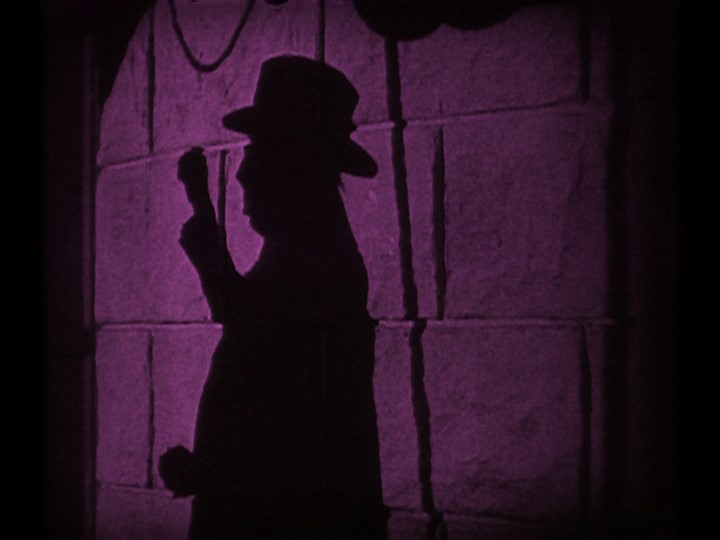 |
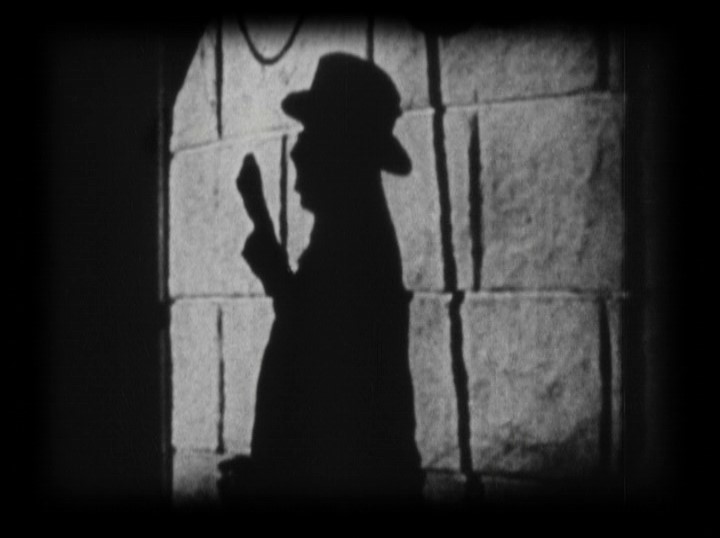 |
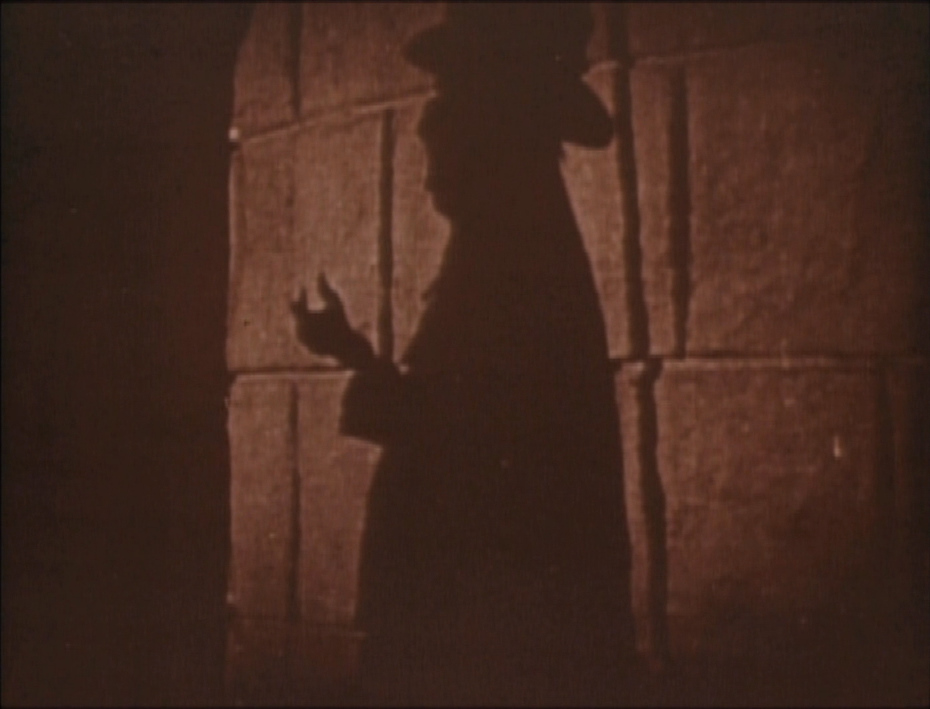 |
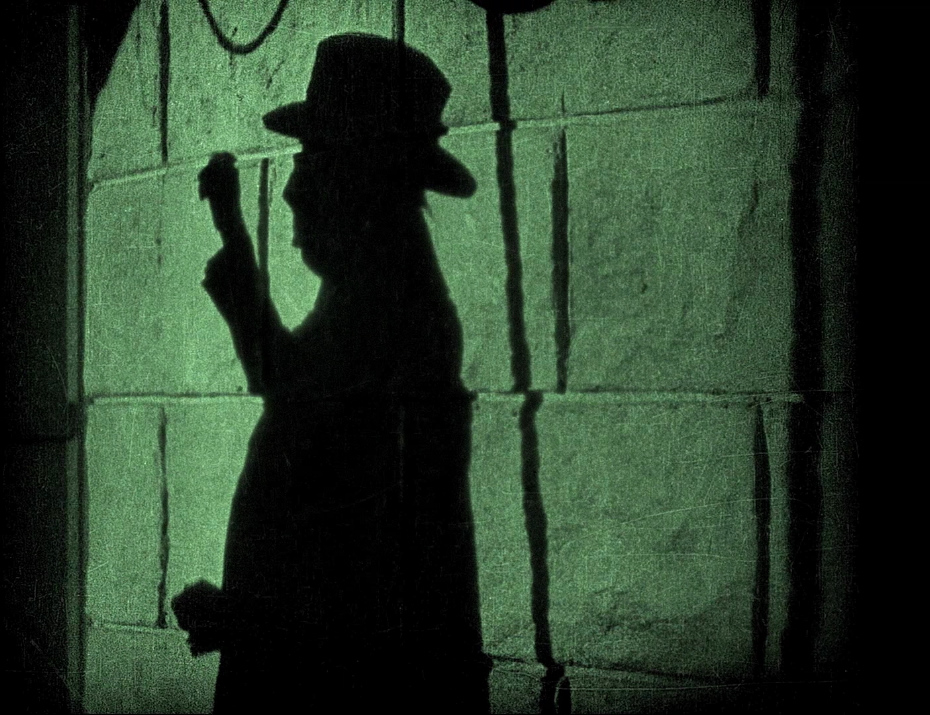 |
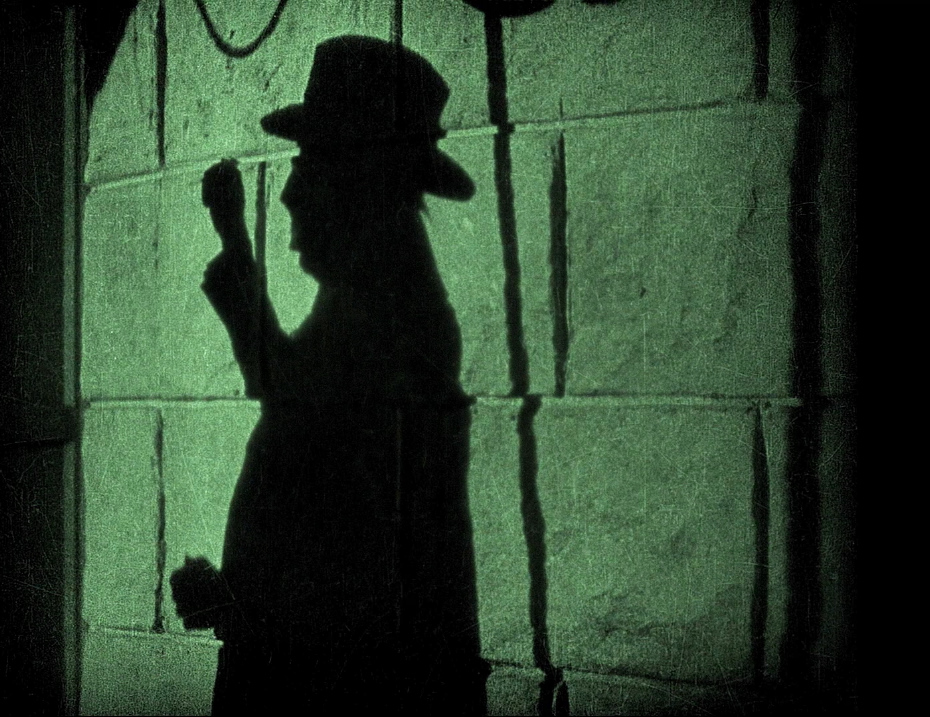 |
|
1) Image Entertainment (Milestone) - 1929 Restored version - TOP2) Kino Lorber (1929 - close as I could get) - Region 'A' - Blu-ray - BOTTOM |
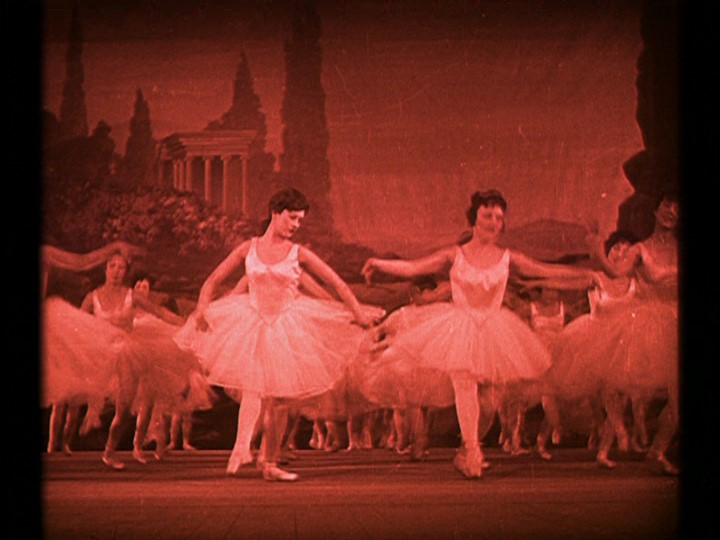 |
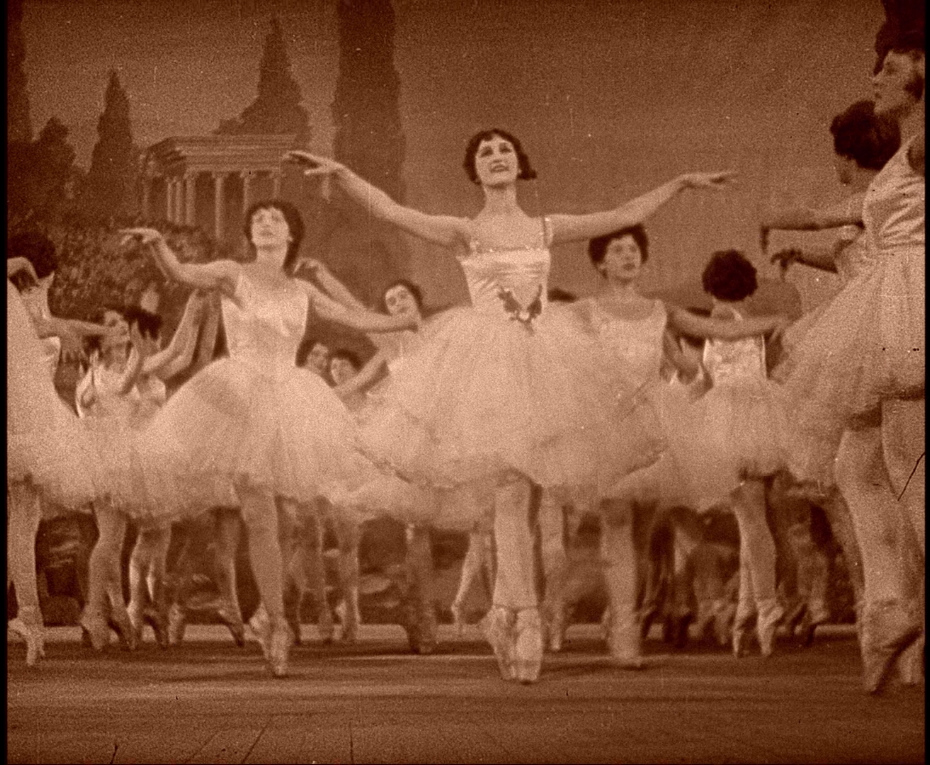 |
|
1) Image Entertainment (Milestone) - 1929 Restored version - TOP2) Image Entertainment (Milestone)- 1925 Original Feature Version - MIDDLE 3) Kino Lorber (1929 - 20 frames) - Region 'A' - Blu-ray - BOTTOM |
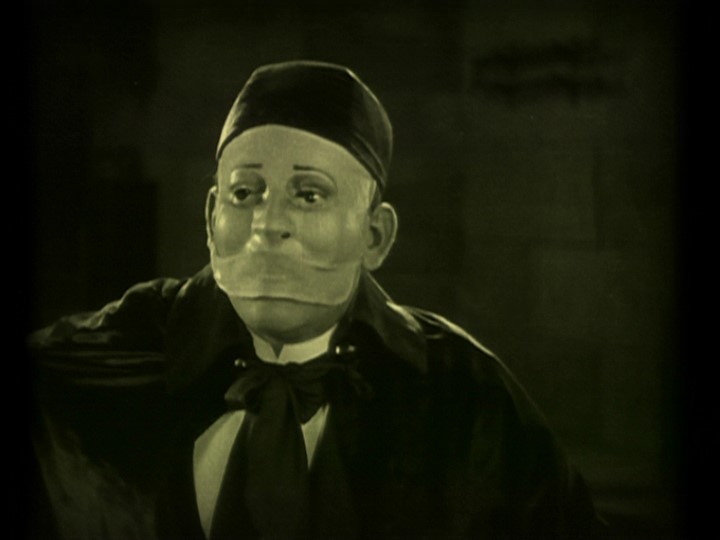 |
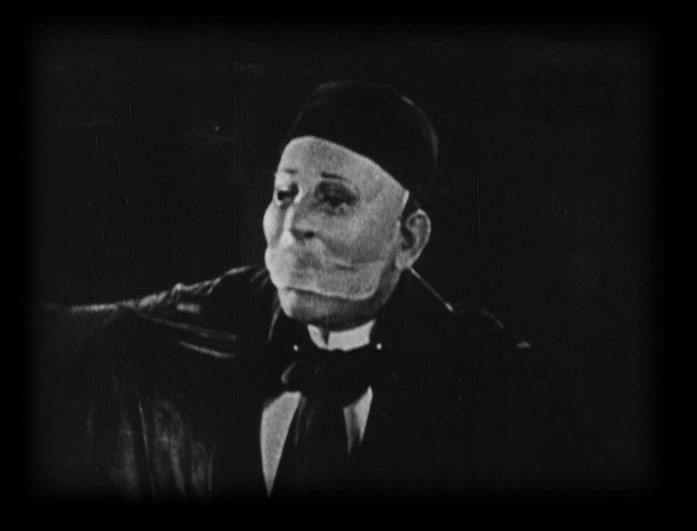 |
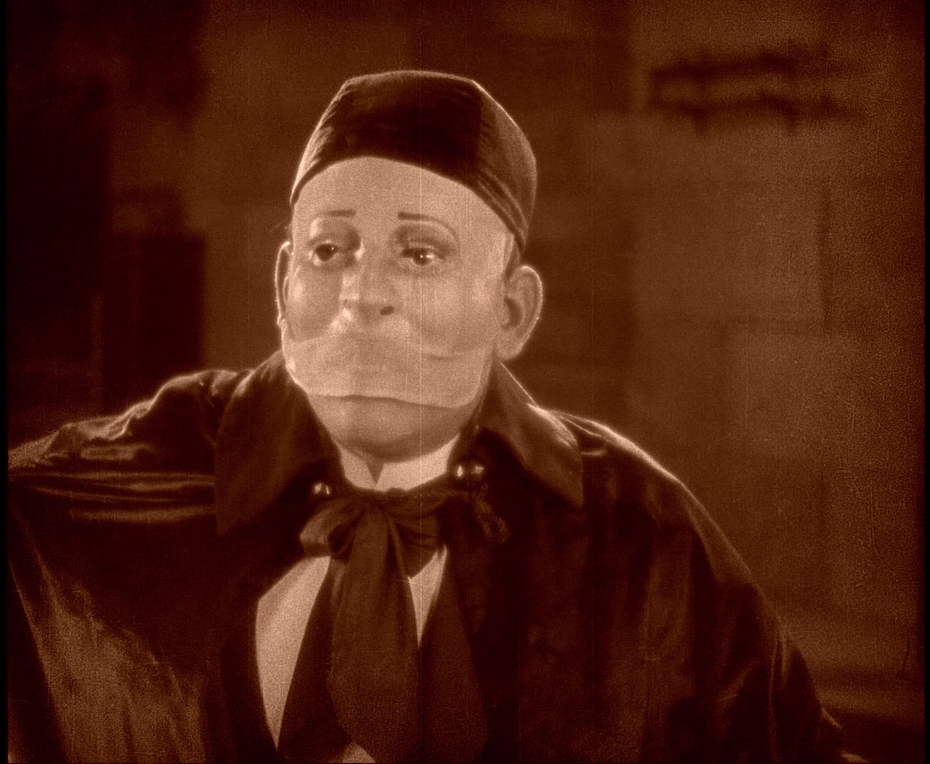 |
|
1) Image Entertainment (Milestone) - 1929 Restored version - TOP2) Image Entertainment (Milestone)- 1925 Original Feature Version - MIDDLE 3) Kino Lorber (1929 - 24 frames) - Region 'A' - Blu-ray - BOTTOM
|
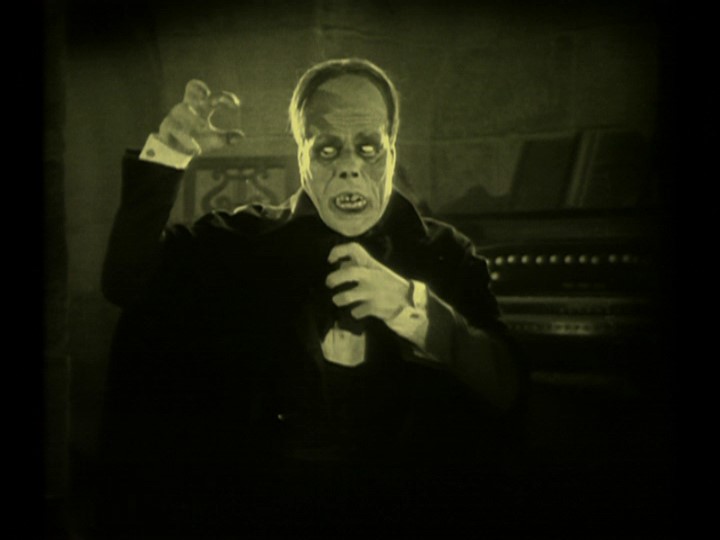 |
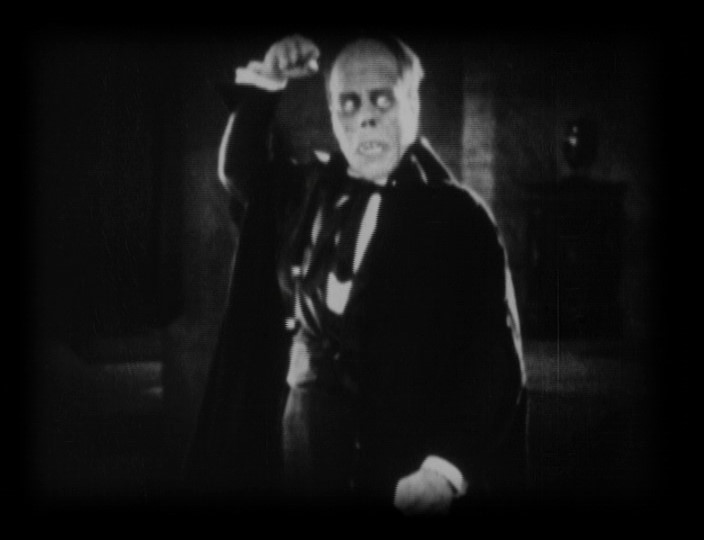 |
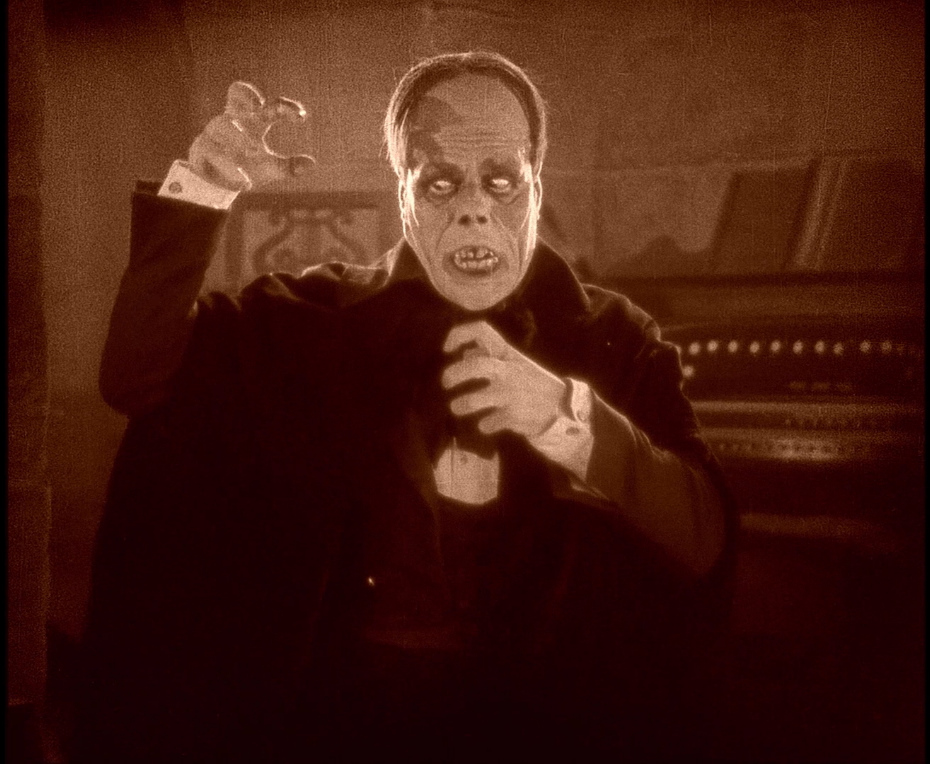 |
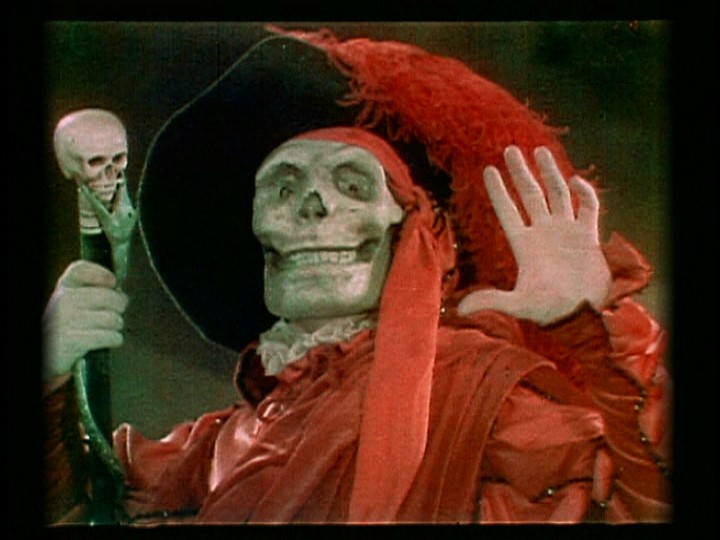 |
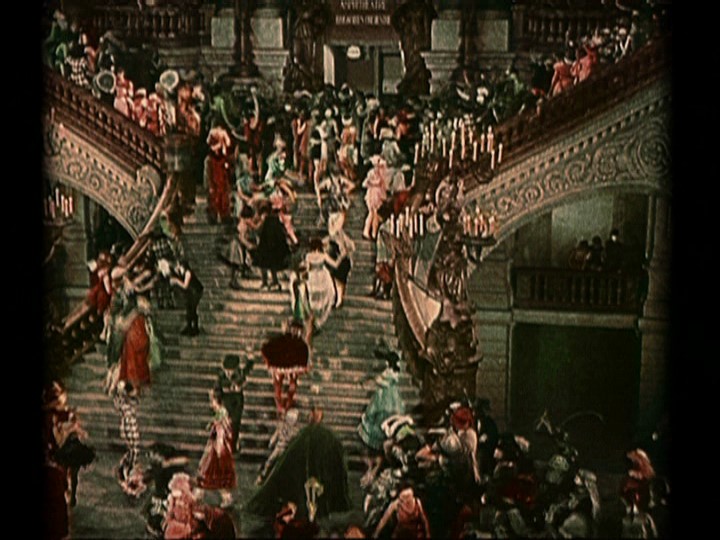 |
|
|
More Captures from the
Kino Lorber (1929 - 20 frames) - Region 'A' - Blu-ray
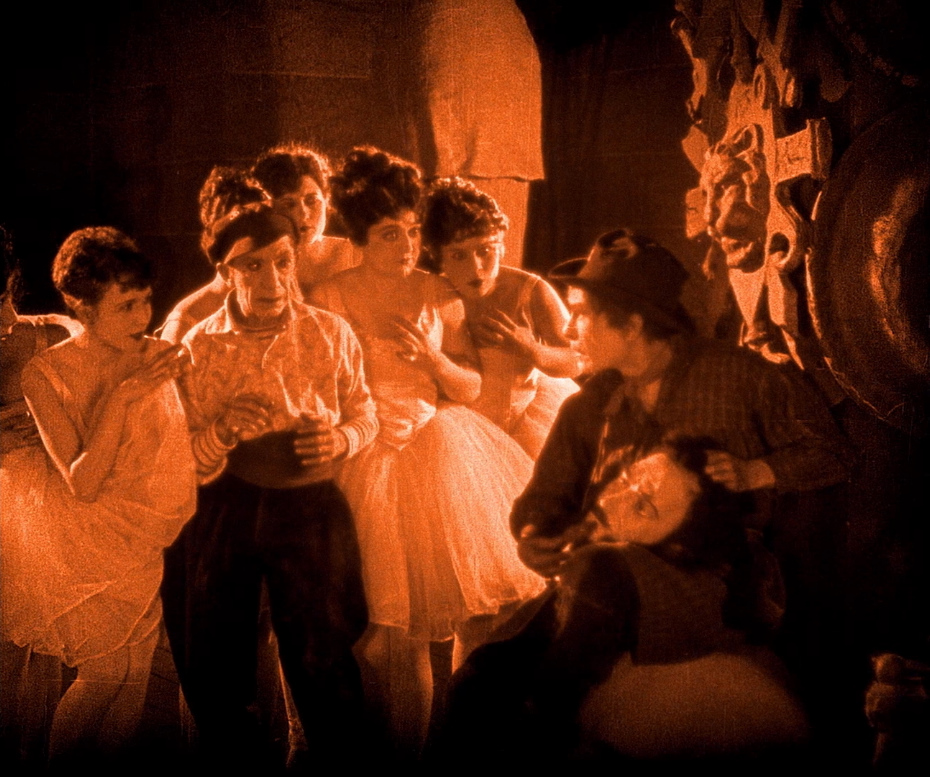 |
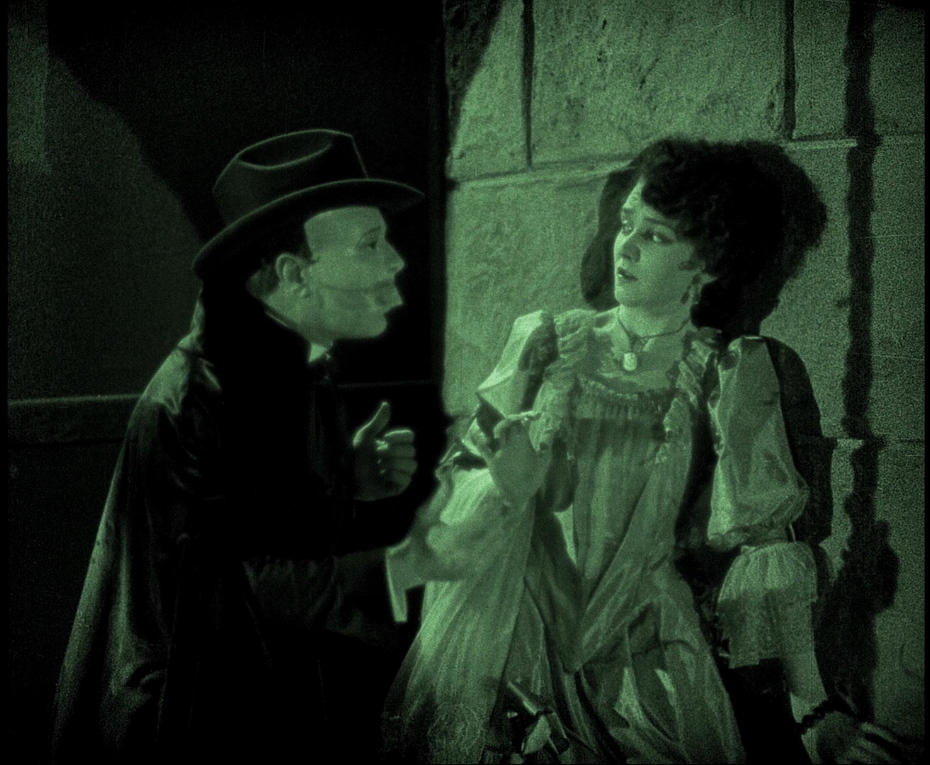 |
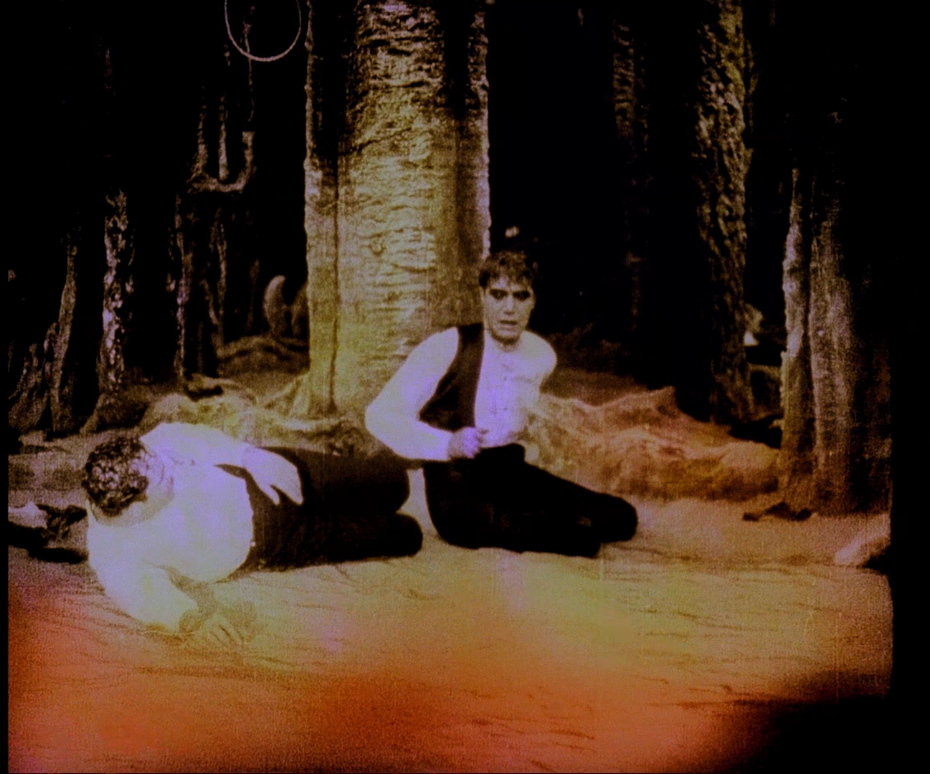 |
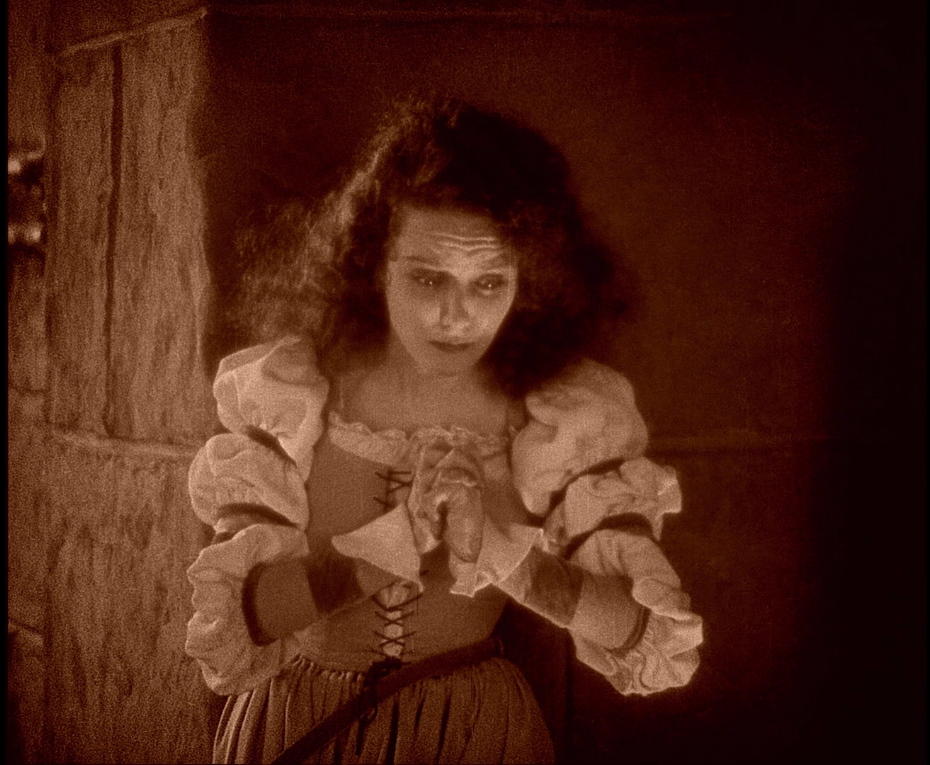 |
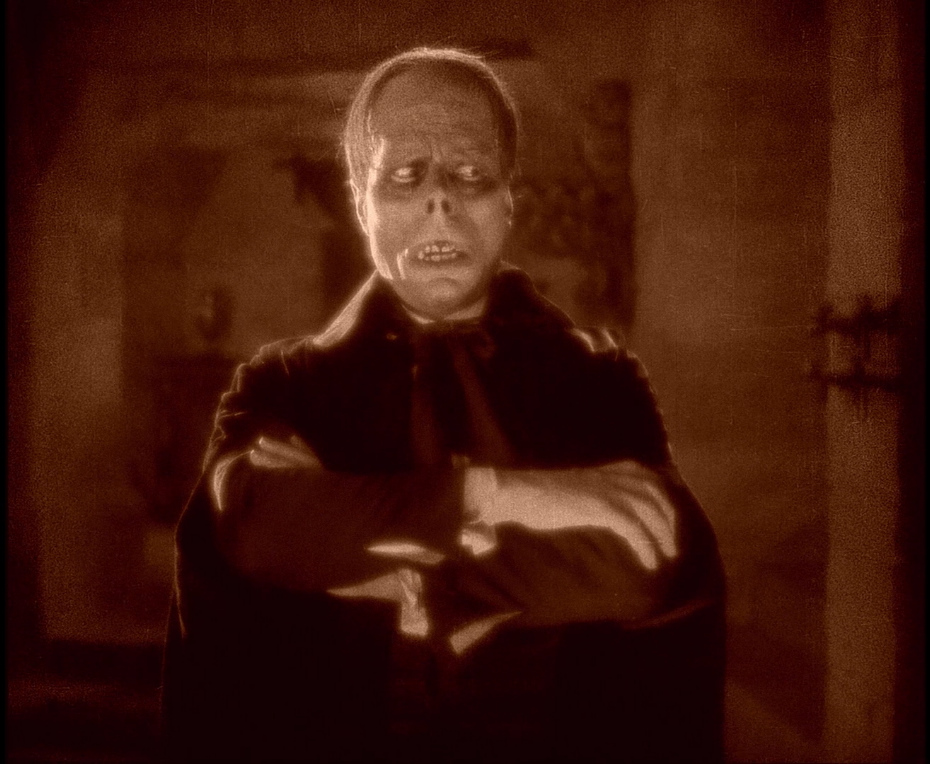 |
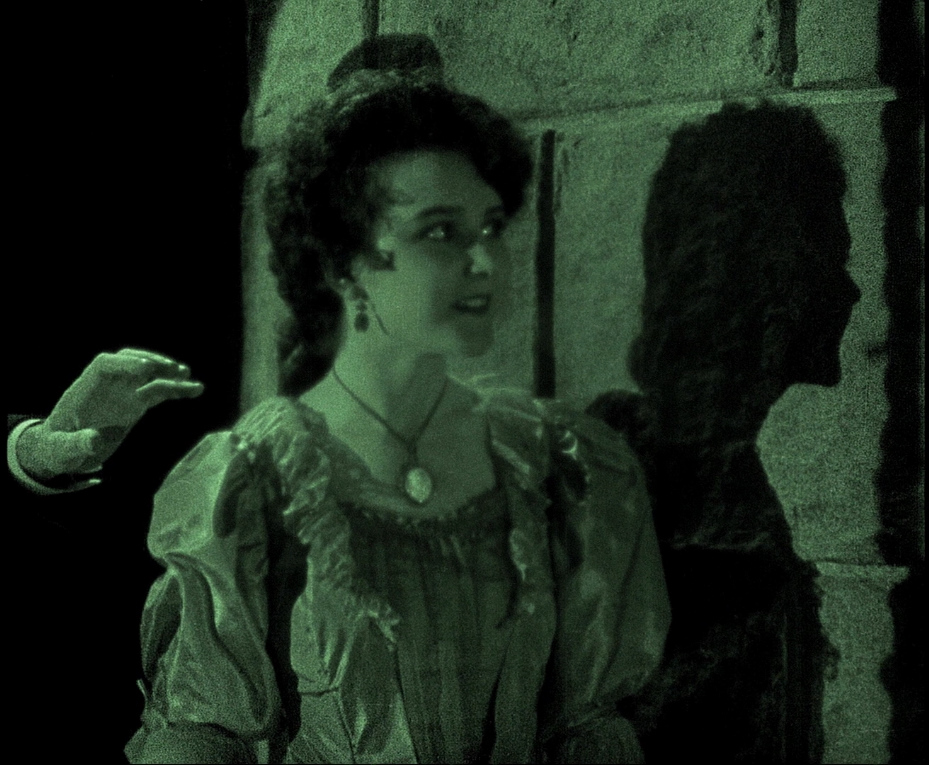 |
| Box Covers |
|
|
|
The Phantom of the Opera - The Ultimate Edition (1925 Original Version and 1929 Restored Version) (1925) |
||
| Distribution | Image Entertainment (Milestone Collection) Home Video - Region 1 - NTSC |
Kino Lorber Region 'A' - Blu-ray |
![]()
![]()

![]()
![]()


